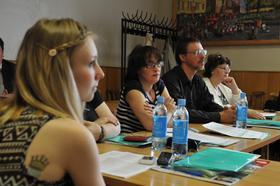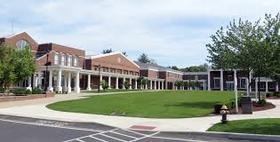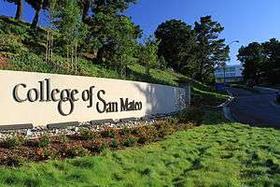Few would argue that the budgets of most community colleges across the country are pinched to the limit today. The answer to overcrowded classrooms, long waitlists, and decrepit buildings seems obvious: pump more money into the system and then stand back to watch the benefits unfold. However, in a recent expose, the Los Angeles Community College simply wasted millions of taxpayer dollars that were meant to improve the campuses through poor planning, questionable contract awards, and construction blunders.
How it Happened in L.A.
With billions raised through a series of bond measures that would total around $11 billion when all was said and done, the district was clearly poised to bring the community colleges of Los Angeles into the 21st century. According to the Los Angeles Times, the money was supposed to be spent to ease overcrowding in classrooms, beef up seismic protections, and add new technology to the learning experience.
It sounded great to Los Angeles voters, which is why they agreed to the proposed bond issues, which raised property taxes for the next 50 years. It sounded great to the many students that were ready to further their education and professional careers through coursework at community colleges throughout the district. It sounded really great to the construction companies and contractors hired to do the work, pumping money into California's economy and bringing jobs to many who needed them.
Alas, the reality did not work out so well for this community college district. On the other end of this project, it is now realized that billions of dollars were wasted thanks to poor planning and shoddy workmanship. The Times conducted an 18-month investigation of this community college project and found that the results weren't nearly what was promised, and the expose has left community college officials scrambling to explain their frivolous spending and take measures to satisfy the growing anger of California taxpayers.
This video explains how to manage large construction projects.
A Comedy of Errors
Exactly where did the money go? Oh, let us count the ways:
- At East Los Angeles College, the construction of a grand entryway resulted in uneven concrete steps, a leaning landmark clock tower and heating and cooling units installed upside down. It cost an additional $15 million to make the necessary repairs.
- At Valley College, a new health and science center was blemished by faulty plumbing, leaky windows, and cracked floors. Loosely installed ceiling tiles threatened to come crashing down at the first detection of an earthquake in the area. An additional $3.5 million had to be used to fix the center.
- Also at Valley College, officials spent nearly $3.4 million to renovate the current theatre building for an upcoming production. Shortly after completion, that theatre was set to be demolished because a brand new theatre was in the midst of the construction process at the time of renovations.
- At West Los Angeles College, nearly $39 million was spent to build four major buildings on campus – only there wasn't enough money to actually complete them.
- At L.A. City College, officials paid an architect $1.8 million to design a new fitness center for the campus. Before construction began, the college president decided to change the location of the fitness center, rendering the initial design completely unusable. The school paid an additional $1.9 million to have a second design drafted.
Pete Parkin, former chairman of the theatre department at Valley College, told the Times, "I think it's obscene, given what is going on in this economy. It's mind-boggling."
David Beaulieu, president of the District Academic Senate agrees. He said, "This is astounding. How could this have happened?"
This TEDTalk discusses managing large construction projects successfully.
The Fallout
Now that the many financial blunders of the community college district have been made public by the Times, they are falling over themselves to try to make amends for the mistakes. Another article in the Times reports that Chancellor Daniel LaVista is working with the school board to review the district's ethics code, conflict-of-interest standards, and planning and oversight of the project. In a letter sent to faculty and staff, LaVista said that the Times had "brought to light much of what needed to be exposed, and we would be remiss if we didn't take advantage of this outside perspective."
Yet another article in the Times reported that the board of the Los Angeles Community College District voted unanimously to fire the head of the $5.7 billion projects, Larry Eisenberg. Eisenberg had been in charge of the project since 2003 and had overseen building projects in Wisconsin and Oregon before getting hired by the Los Angeles district.
President of the board Georgia Mercer said simply, "It's time to move on in a new direction." When Eisenberg's firing was announced at a board meeting, spectators in the audience burst into applause. Eisenberg's deputy, Thomas Hall, will replace in on an interim basis until a new manager is appointed.
Upcoming elections are also being influenced by the recent financial mishap of the community college district. Two of the trustees on the board right now, Mona Field and Miguel Santiago, are currently running for re-election, according to an article in Fox and Hounds Daily. An op-ed at LA Observed got a jump start on things by listing some of the trustees looking to re-secure their posts, as well as their role in this current construction project.
Wasted money is not a new problem with state and federal government entities, but it isn't often that the errors get published in so much painful detail. The taxpayers of California have every right to be angry with how their money was misspent, but the good news is that with elections looming, citizens of the state will have the opportunity to voice their displeasure in the voting booth. It appears that the people of California that entrusted these officials with their tax dollars will get the final say after all.
Questions? Contact us on Facebook. @communitycollegereview















